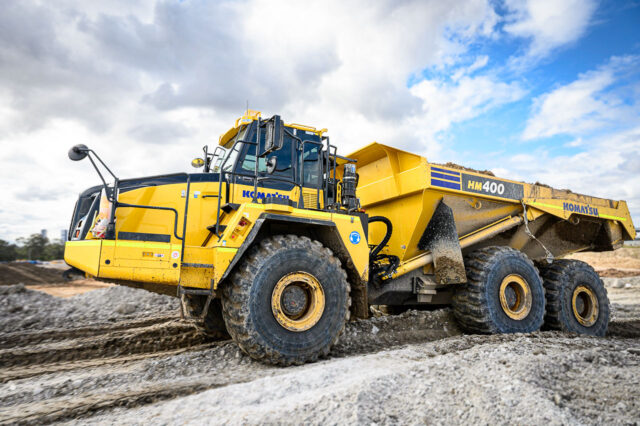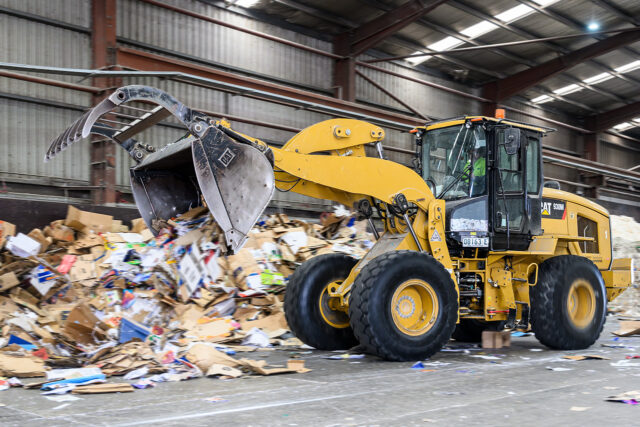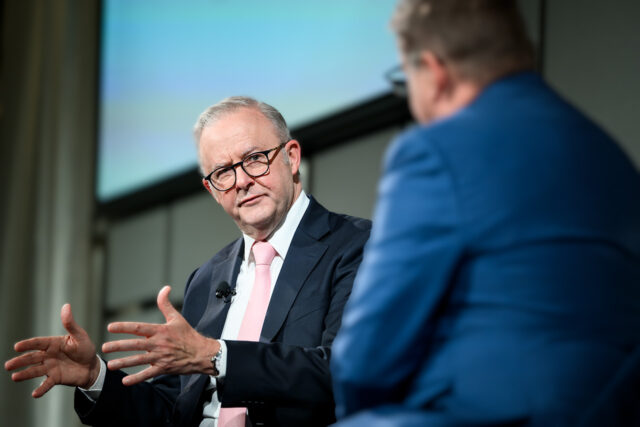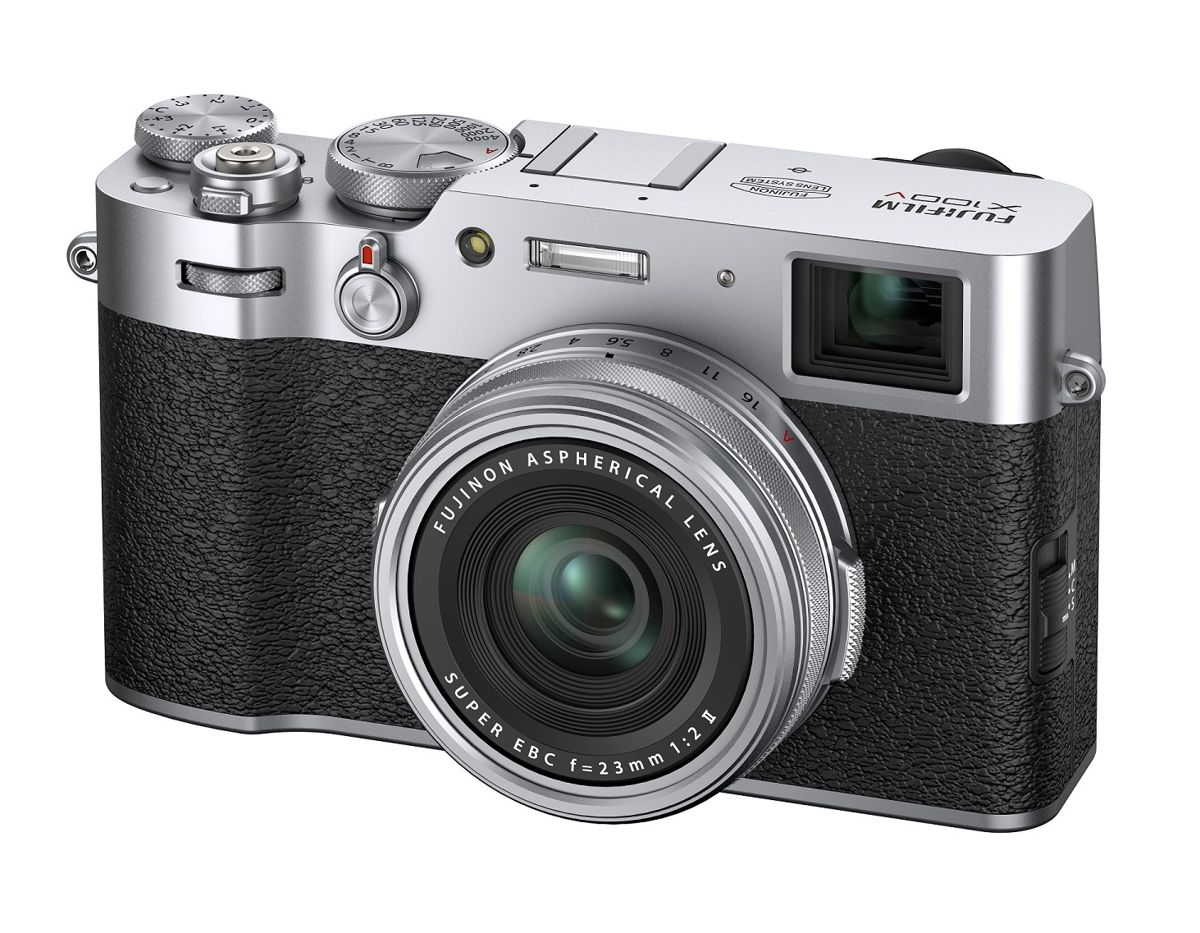
When I’m out photographing or capturing video, almost everything on my cameras is set to manual. Shutter speed, aperture, ISO, etc, if there’s a setting to control, I’d rather make the decision myself. It might sound odd, especially since I’ve paid good money for a camera packed with the latest in technology. But the truth is, most of those features sit unused.
Why I stick to manual
Over time, I’ve realised that I trust myself more than I trust my camera’s algorithms. A camera can’t know if I want to freeze an articulated dump truck climbing an incline, or let the background motion blur into a streak. It doesn’t understand whether I want moody shadows or a perfectly even exposure. It only reacts to what it sees and often it guesses wrong.
I’ve seen it happen countless times. The light in a scene is steady, nothing changes except the people in it. Someone wearing a dark jacket steps into frame, and suddenly the camera decides everything needs to be brighter. A moment later, someone in a white shirt walks past, and the exposure swings the other way. Colours can be just as tricky. A red background, for example, might throw off auto white balance, leaving skin tones with a weird cyan cast.

One recent example for me was photographing an industrial job. The lighting was locked down, steady and consistent across the whole site. On auto, the camera kept trying to “correct” things, constantly shifting exposure and white balance depending on who or what moved into frame. With exposure and white balance set manually, every shot was consistent, which made post-production much faster. At the same time, I let autofocus do its thing. It tracked people and machinery as they moved around, freeing me up to focus on safety and actually engage with the people I was photographing. That balance of manual and auto worked exactly the way I needed it to.

Photographing in manual does require more knowledge, but that’s part of the appeal. It forces me to think about what I’m trying to achieve and take ownership of the result. Perhaps ironic, if I use auto I’m constantly second guessing how the camera is interpreting the scene in case I need to over-ride it.
Where I do use auto
Of course, I’m not stubborn enough to avoid automation entirely. There are a few areas where auto genuinely helps me.
Autofocus is one. It’s usually more accurate than I am, especially when the subject is moving, though I’ve had plenty of moments where it still chooses the wrong spot.
White balance is another setting I leave mostly on auto, except for video. Since I shoot in raw, it’s not baked in, I can fine-tune it later in post-production. Video in my experience always benefits from manual white balance.

In fast-changing environments, like covering news, auto can be the difference between catching the moment and missing it entirely.
On holidays, I relax a bit. When I’m capturing memories rather than chasing a specific creative vision, I’m happy to let the camera do more of the work.
Control vs convenience
For me, manual is about more than just exposure, it’s about intent. It lets me engage with the subject, and doesn’t slow me down second-guessing what the camera’s doing. Manual ensures the image captured is how I intended it to be, not the camera.
Automation has its place, and I’ll use it when I need to. But when I’m really trying to create rather than just capture, I’d rather trust myself. After all, I know what the client wants. The camera doesn’t.
